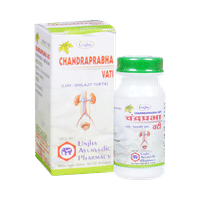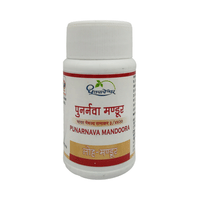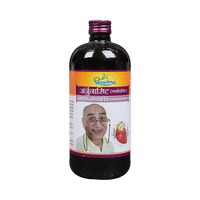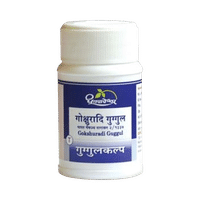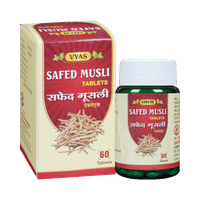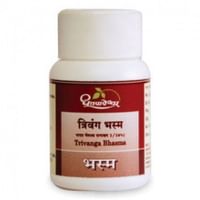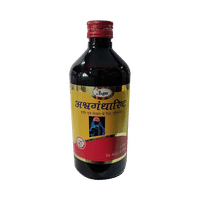Rs. 156
Available in other variants
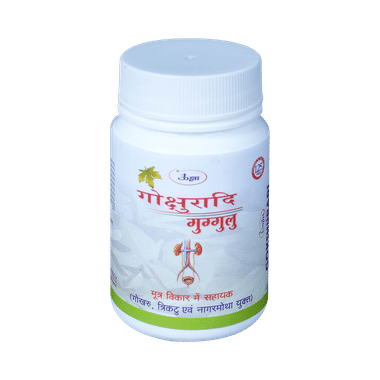
Product Details
Unjha Gokshuradi Guggulu
Unjha Gokshuradi Guggulu Tablet
Gokshuradi guggulu is a herbal preparation used in Ayurveda as a herbal supplement. It acts as a diuretic and supports kidney functions. It is traditionally used for wellbeing in conditions related to urinary health and joint comfort. It may support joint flexibility and synovial fluid formation, often used by Ayurvedic practitioners for knee comfort and backache.
Key Ingredients:
Gokshura,Shuddha guggulu,Black pepper,Ginger,Pippali,Amla,Bibhitaki,Haritaki,Mustak
Key Benefits:
Directions For Use:
Safety Information:
Unjha Gokshuradi Guggulu Tablet
Gokshuradi guggulu is a herbal preparation used in Ayurveda as a herbal supplement. It acts as a diuretic and supports kidney functions. It is traditionally used for wellbeing in conditions related to urinary health and joint comfort. It may support joint flexibility and synovial fluid formation, often used by Ayurvedic practitioners for knee comfort and backache.
Key Ingredients:
Gokshura,Shuddha guggulu,Black pepper,Ginger,Pippali,Amla,Bibhitaki,Haritaki,Mustak
Key Benefits:
- Osteoarthritis: Traditionally used in Ayurveda to support joint health and flexibility. It may assist in synovial fluid maintenance and strengthen weight-bearing joints over time.
- Gout or raised uric acid level: Traditionally said to support kidney function and uric acid excretion.
- Kidney stones: Known for supporting urinary health with properties that may play a role in urinary tract comfort. It may support urinary symptoms.
- Dysuria: Has mild diuretic properties that may support urinary comfort.
Directions For Use:
- Take 1-2 tablets 2 to 3 times a day, after meal preferably with lukewarm water
- Usually it is administered along with water decoction of musta, pashanabheda and usheera
Safety Information:
- Store in a cool and dry place
- Keep out of reach of children
- Read the label carefully before use














